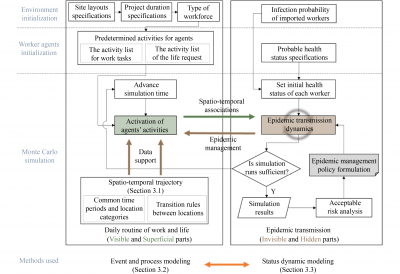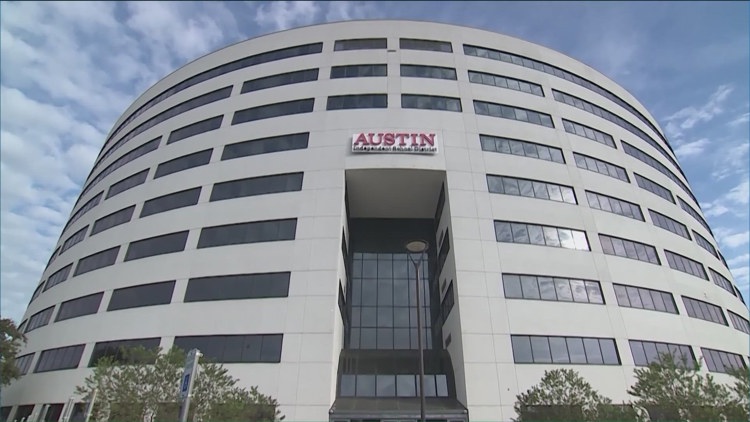URGENT UPDATE: New modeling strategies are being introduced to enhance pandemic management on construction sites, following alarming reports of heightened health risks for workers. As construction projects globally face severe delays and increased costs, innovative approaches are required to safeguard worker health and maintain project timelines.
Construction workers are particularly vulnerable during pandemics due to their labor-intensive roles and close physical proximity. With the ongoing threat of infectious diseases, traditional management strategies are proving inadequate. Latest findings highlight that existing research has largely focused on statistical analyses of pandemic impacts, lacking the adaptive management strategies necessary for effective response.
Current methodologies, including conventional post-causal inference techniques such as archival analysis and questionnaires, fall short in delivering scenario-specific insights. Traditional epidemic simulation models, which rely on contact lists, are incompatible with the unique dynamics of construction sites, characterized by semi-open outdoor spaces and distinct worker movement patterns.
In response to these challenges, researchers are now deploying agent-based modeling approaches to develop more effective pandemic management strategies tailored specifically for construction environments. This innovative methodology allows for a detailed simulation of interactions among workers, enabling the identification of potential outbreak scenarios before they occur.
The implications of these developments are profound. By utilizing agent-based modeling, construction sites can enhance their preparedness and response strategies, ultimately reducing the risk of infection and ensuring project continuity. This proactive approach could lead to significant savings, preventing potential project delays and quality declines that often arise in pandemic situations.
As construction sites worldwide adapt to these new strategies, the focus remains on ensuring the safety and health of workers. Industry experts urge construction managers to adopt these cutting-edge techniques to not only protect their teams but also to maintain productivity in a challenging landscape.
What’s Next? The construction industry is urged to monitor these developments closely as more case studies emerge showcasing the effectiveness of agent-based modeling in real-world scenarios. Stakeholders are encouraged to engage in discussions about implementing these adaptive strategies to safeguard their projects and workforce in the face of future health crises.
Stay tuned for more updates on how these innovative approaches will revolutionize pandemic management in construction and protect the health of countless workers globally.







